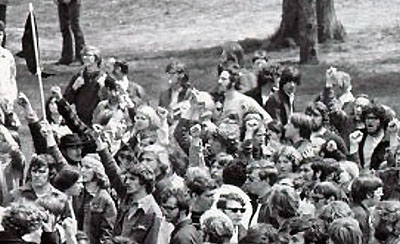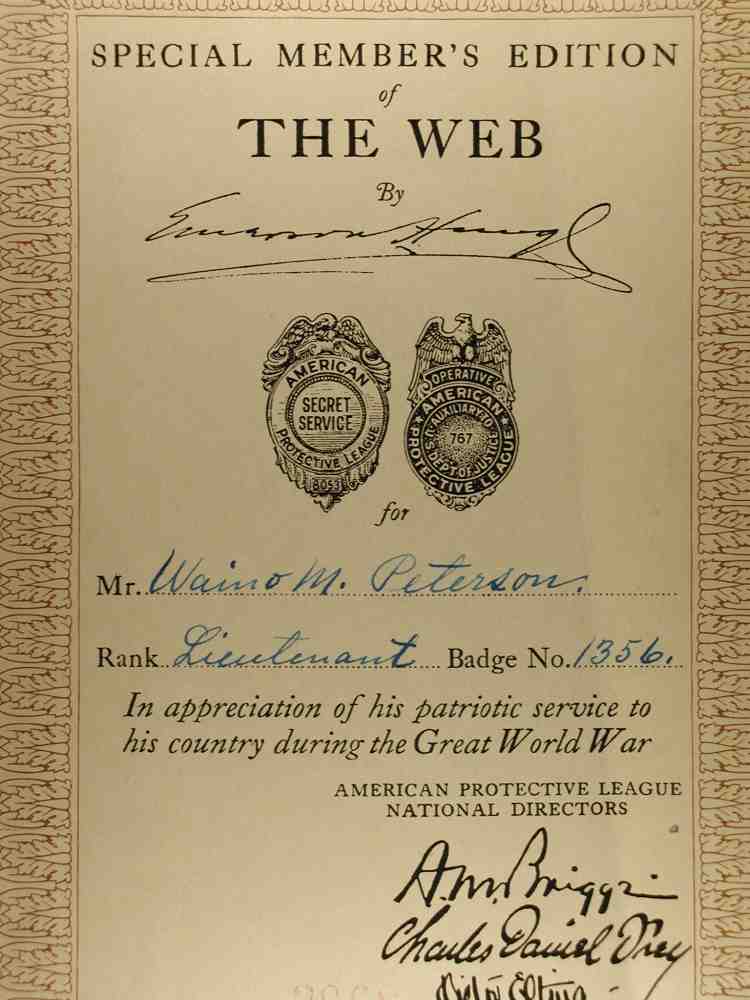On May 4th, 1970, an infamously horrible event occurred which
still shocks modern day Americans. A troop of National Guardsmen opened
fire on a group of protesting college students at Kent State University in
Kent, Ohio. More than sixty bullets were aimed into the young protesters,
injuring nine and killing four. Four students, two boys and two girls, were
only taking part in honoring their beliefs; lives came to a halt that
day.
Just like the Sandy Hook shootings a couple months ago, Americans
were outraged at hearing the news of the student’s deaths. Their murders soon
became a symbol for people all over the United States. They were a symbol of
anti-war and peace. Their ideas were simple. No one cared who won the war, they
just wanted to educate other people about all of the suffering and awfulness
that would occur to either country by the time the war was over. A common
saying by anti war protesters, even in previous wars, was "flowers are
better than bullets." The massacre even led to the May 1970 Student
Strike.
The May 1970 Student Strike was a protest against the war in
Vietnam that took place at the University of Washington and thousands of
students participated. It lasted about eight days, with marches to Seattle, and
attempts to occupy the whole University campus. It was a really big deal across
the United States, especially for the soldiers and the pro war citizens. This
is also a big reason that a lot of public outbreaks happened that was
actually hostile towards college protesters. There didn’t seem to be a reason
for all of these groups of mostly adults disliking college students until it
was pointed out that a mass supply of college students were closely related to
the anti-Vietnam sentiment activities. I believe that college students in
general have always and will always be very opinionated. They are young and
wild and free in simpler terms. They don’t have to worry about anything but
themselves and they want to be heard. That is why they were obviously
outspoken. Older people at the time of war still have opinions; they just aren’t
so naïve as to blurt out everything. It is a blessing for students and sometimes,
in this case for example, it can also be a curse.
Although the papers say that they don’t
know why the soldiers fired their guns, it is obviously not like the National
Guardsmen were unprovoked. Being held by college students, these protests could
very well get violent and even destructive. The reason the Guard was called in
the first place was because the campus couldn’t handle the students anymore.
They had recently burned down buildings and trashed the protest sights. They
openly showed their dislike for the soldiers with obscene gestures and profane
language towards the soldiers. The Guardsmen were only trying to control the rowdy
crowd. However I do believe that they overreacted completely.
Even before the demise of William, Sandra, Allison, and Jefferey,
the college protests had been the spark that ignited the anti-Vietnam sentiment
across North America. The news completely divided the country socially and
politically. During this war, you could fall into one of two categories based
on your beliefs, "flower power" or pro war. Most of the Flower group
was made up of students.
These divisions didn't just affect the normal citizens either, even
celebrities had an opinion. Quite popular and commonly outspoken
singer-songwriter, Neil Young, even wrote a hit song about it called
"Ohio." People raged about that song for months after it was
written. It was so unconventional that it was actually banned in different
places for “‘anti-war’ and ‘anti-Nixon’ sentiments.” He was influenced by the
Life Magazine from May 15, 1970, which covered the Kent shootings. This was not
the first outgoing song that Young had created. Four years earlier, he co-wrote
‘For What It’s Worth,’ which was also extremely controversial, but well liked
just the same.
Over forty years later, people still
remember this shooting. National Public Radio did an anniversary broadcast
about the shooting that included survivors’ stories and eye witness accounts that
led to more knowledge about the incident. Jerry Lewis was a teacher at the
University and he was just really surprised when the bullets were fired. He
honestly did not believe that the bullets were flying. Along with others, Lewis
was just another witness to the monstrosity that happened on May 4th.
No one ever did get tried for the murders of the four students. Justice will
not be served until then in my opinion. Students were just lawfully speaking
their minds about their ideas. Because of a trigger however, those are four
less voices that will be heard today.
Bibliography











